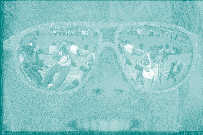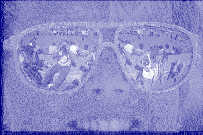There is a difference of opinion as to what nation belongs the honor of the invention of the art of handwriting. Sir Isaac Newton observes:”There is the utmost uncertainty in the chronology of ancient kingdoms, arising from the vanity of each claiming the greatest antiquity, while those pretensions were favored by their having no exact account of time.”Its antiquity has been exhaustively treated by many writers; the best known are Massey, 1763, The Origin and Progress of Letters;” Astle, 1803, “The Origin and Progress of Writing;” Silvestre, “Universal Palaeography,” Paris, 1839-41 ; and Humphreys, 1855, “The Origin and Progress of the Art of Writing.” They, with others, have sought to record the origin and gradual development of the art of writing from the Egyptian Hieroglyphics of 4000 B.C.; the Chinese Figurative, 3000 B. C. ; Indian Alphabetic, 2000 or more B.C. ; the Babylonian or Cuneiform, 2000 years B. C.; and the Phoenician in which they include the Hebrew or Samaritan Alphabet, 2000 or more B. C., down to the writings of the new or Western world of the Christian era.The data presented and the arguments set forth, deserve profound respect, and though we find some favoring the Egyptians, or the Phoenicians, the Chaldeans, the Syrians, the Indians, the Persians or the Arabians, it is best to accept the consensus of their opinion, which seems to divide between the Phoenicians and the Egyptians as being the inventors of the foremost of all the arts.”For, in Phoenicia, had lived Taaut or Thoth the first Hermes, its inventor, and who later carried his art into Egypt where they first wrote in pictures, some 2200 years B. C.”
|
The art appears to have been first exercised in Greece and the West about 1500 or 1800 B. C., and like all arts, it was doubtless slow and progressive. The Greeks refer the invention of written letters to Cadmus, merely because he introduced them from Phoenicia, then only sixteen in number. To these, four more were added by Simonides. Evander brought letters into Latium from Greece, the Latin letters being at first nearly the same form as the Greek. The Romans employed a device of scattering green sand upon tables, for the teaching of arithmetic and writing, and in India a ”sand box” consisting of a surface of sand laid on a board the finger being utilized to trace forms, was the method followed by the natives to teach their children. It is said that such methods still obtain even in this age, in some rural districts of England.After the invention of writing well-informed nations and individuals kept scribes or chroniclers to record in writing, historical and other events, mingled with claims of antiquity based on popular legends.
|







